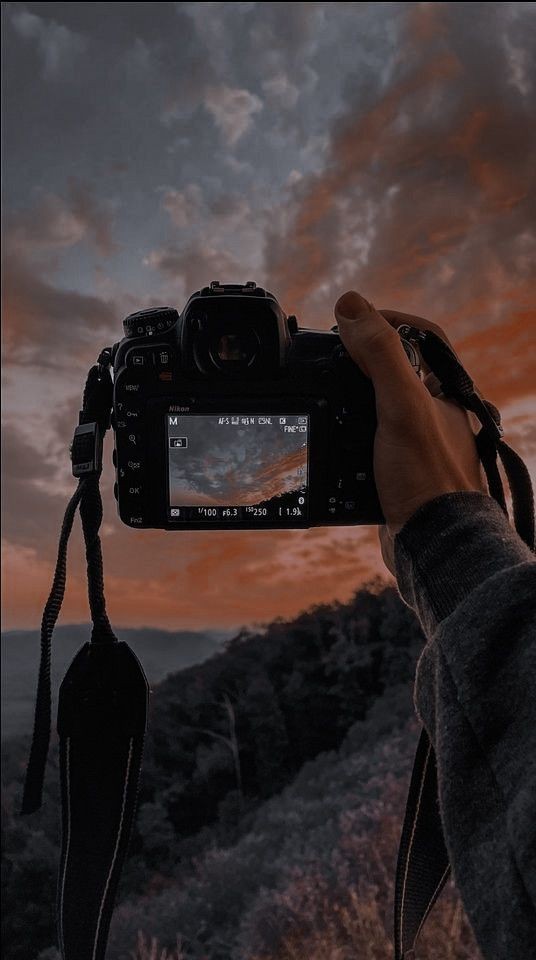Capturing Moments: The Art and Techniques of Photography
Photography is a powerful medium that allows us to freeze moments in time, capture emotions, and tell stories through images. Whether you’re a seasoned professional or a curious beginner, understanding the art and techniques of photography can enhance your skills and enrich your experience behind the camera. This article explores the fundamentals of photography, offers tips for improving your craft, and highlights creative approaches to elevate your images.
The Essence of Photography
At its core, photography is about capturing light and creating images that convey a particular message or feeling. The interplay of light, composition, and subject matter forms the foundation of compelling photography. Understanding these elements can help you take stunning photographs that resonate with viewers.
Essential Photography Equipment
Camera: Your choice of camera can vary from a smartphone to a professional DSLR or mirrorless camera. Each has its strengths and uses, but all can produce great images with the right techniques.
Lenses: Different lenses offer different perspectives. Wide-angle lenses are great for landscapes, while macro lenses are ideal for close-up shots. Understanding how each lens affects your images can expand your creative options.
Tripod: A tripod is essential for stabilizing your camera, especially in low-light conditions or when using slow shutter speeds. It helps eliminate camera shake and ensures sharp images.
Lighting Equipment: While natural light is fantastic, additional lighting equipment like reflectors, diffusers, and external flashes can enhance your photography, especially in controlled settings or low-light situations.
Key Photography Techniques
Understanding Exposure
Aperture: The aperture controls the amount of light entering the camera and affects the depth of field. A wider aperture (lower f-stop number) creates a shallow depth of field, making the background blurrier, while a smaller aperture (higher f-stop number) keeps more of the scene in focus.
Shutter Speed: This determines how long the camera’s shutter stays open. Faster shutter speeds freeze motion, while slower speeds capture movement and can create motion blur.
ISO: ISO measures the camera sensor’s sensitivity to light. Higher ISO settings allow for shooting in lower light but can introduce noise or graininess. Balancing ISO with aperture and shutter speed is crucial for optimal exposure.
Mastering Composition
Rule of Thirds: Imagine dividing your frame into a 3x3 grid. Place key elements along these lines or at their intersections to create a balanced and engaging composition.
Leading Lines: Use natural or man-made lines to draw the viewer’s eye towards the main subject of your photograph.
Framing: Use elements within the scene to frame your subject, adding depth and focus to the image.
Playing with Light
Golden Hour: Shoot during the golden hour, shortly after sunrise or before sunset, to capture soft, warm light and long shadows.
Backlighting: Position your subject with the light source behind them to create dramatic silhouettes or highlight translucent elements.
Reflections: Utilize reflective surfaces like water or glass to add an extra dimension to your images.
Exploring Focus and Depth of Field
Manual Focus: While autofocus is convenient, manual focus allows for precise control, especially in macro or low-light photography.
Depth of Field: Control the depth of field to either isolate your subject with a blurred background or keep the entire scene in focus, depending on your creative vision.
Creative Approaches to Photography
Portrait Photography
Focus on capturing the personality and emotions of your subjects. Use lighting and composition to highlight their features and tell their story.
Landscape Photography
Capture the beauty of natural scenes by experimenting with different angles, times of day, and weather conditions. Long exposures can create stunning effects like smooth water or dramatic cloud movement.
Street Photography
Document everyday life and candid moments in urban settings. Pay attention to details, interactions, and the unique character of your surroundings.
Macro Photography
Explore the intricate details of small subjects, such as insects or flowers. Macro photography reveals textures and patterns that are often overlooked.
Architectural Photography
Showcase the design and structure of buildings and structures. Play with perspective, lines, and light to highlight architectural elements.
Post-Processing Tips
Editing Software: Use editing software like Adobe Lightroom or Photoshop to enhance your images. Adjust brightness, contrast, and color balance to bring out the best in your photos.
Cropping and Straightening: Crop your images to improve composition or remove distracting elements. Straighten tilted shots for a more professional look.
Retouching: For portraits, use retouching techniques to smooth skin and enhance features. Be careful to maintain a natural appearance.
Color Grading: Apply color grading to create a specific mood or style. Experiment with different color tones to achieve the desired effect.
Conclusion
Photography is a captivating art form that combines technical skill with creative vision. By mastering the basics of exposure, composition, and lighting, and exploring various genres and techniques, you can capture compelling images that tell stories and evoke emotions. Embrace the journey of learning and experimentation, and let your creativity shine through every photograph you take. Whether you're shooting for fun or aiming to build a portfolio, the world of photography offers endless opportunities to explore and express yourself.






